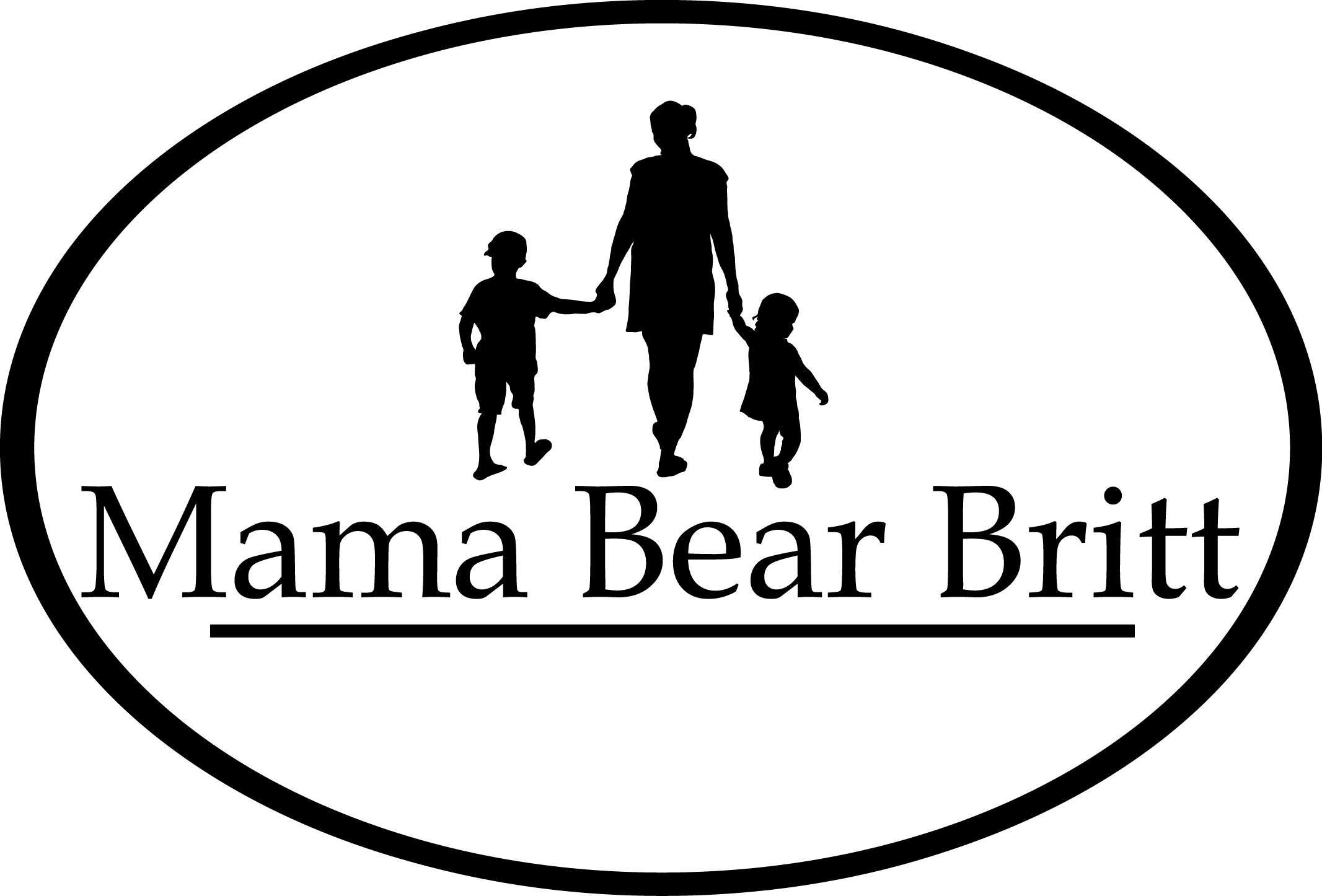Simple History of Halloween: for Young Children
How to do you explain the history of Halloween to young children?
Halloween is a beloved holiday and for many, it’s the best time of the year! As a child, can you think of anything more fun than playing dress-up and getting candy? There is a lot of history to Halloween, dating back thousands of years and a culmination of many cultures. Mostly, our history and facts originate with the Celtics, then later when it migrated to England and the churches tried to make changes away from pagan origins. But, let’s not get carried away, here is an easy explanation of Halloween for young children. Keeping things simple and digestible is a great way to expose them to how history can be FUN!
Simple History of Halloween for Kids:
History of Halloween: Comes from a Gaelic festival called Samhain (pronounced, sow-in) means the end of summer and the end of the harvest season. which was usually a time when many people would die, because of no food and cold weather. For very young children: Halloween is the end of summer, the season of autumn.
Jack-O-Lantern: Came from an old tale about a man called “Stingy Jack” who liked to play tricks on people, including playing a trick on the devil. When he died he was not good enough to stay in heaven, but the devil promised he would not go to hell. He carved a turnip to use as a lantern and light his way out of hell. Because of that story, people carve faces into pumpkins and put outside their windows to scare ghosts away from their house. For very young children: Jack was naughty and liked to play tricks on people, he was the first person to carve a vegetable and make a lantern. We make Jack-o-lanterns to scare away Halloween characters, like ghosts, monsters, skeletons, and witches.
Costumes: They dressed up in spooky costumes, to scare away ghosts they believed were roaming the streets and destroying their crops and making people sick. This definition is suitable for young children.
Trick-or-Treating: People who did not have a lot of money would dress up and ask for pies or cakes in exchange for prayers. These prayers would release the souls to heaven. They would call them soul cakes. For very young children: Leave the part about the souls out.
Black Cats: It was thought that powerful witches or monsters would take on the form of black cats. This definition is suitable for young children.
Skulls & Skeletons: A universal symbol of death. For very young children: I would not mention death. Skeletons are simply what is underneath our skin and help holds up our body. Without the skin covering the bones, it looks spooky, which is fun for Halloween.
Use discretion when speaking to your very young child about death; this can be a scary and confusing topic. There are ways to skip over the “death” part and still have fun with some of the historical facts of Halloween. Some children may have already been exposed to death in their life from a passing of a family member or family pet; others have not. Be sensitive to how your child responded to this event. use caution when approaching death in the future. For young children, I would instead focus on the fun of Halloween, instead of death. The important thing is to tell children Halloween is a big game of make-believe. They are stories, just like the books they have on their bookshelves. Spooky can be fun.
How do you explain Halloween to your young child?
Want more parenting tips or preschool/toddler activities? Subscribe for related articles. Follow Mama Bear Britt on Instagram, Facebook, and Pinterest!
Resources:
www.funfacts.com
history.com
wikipedia.com


